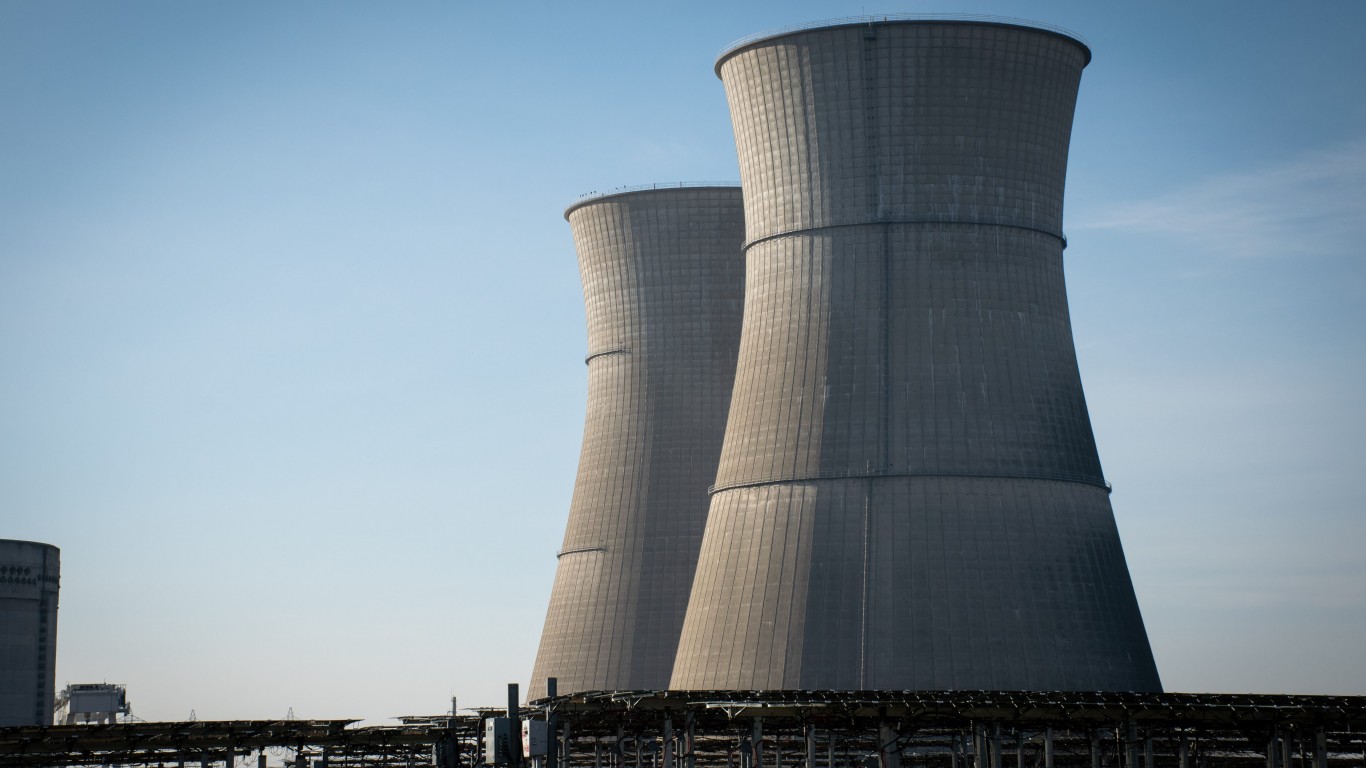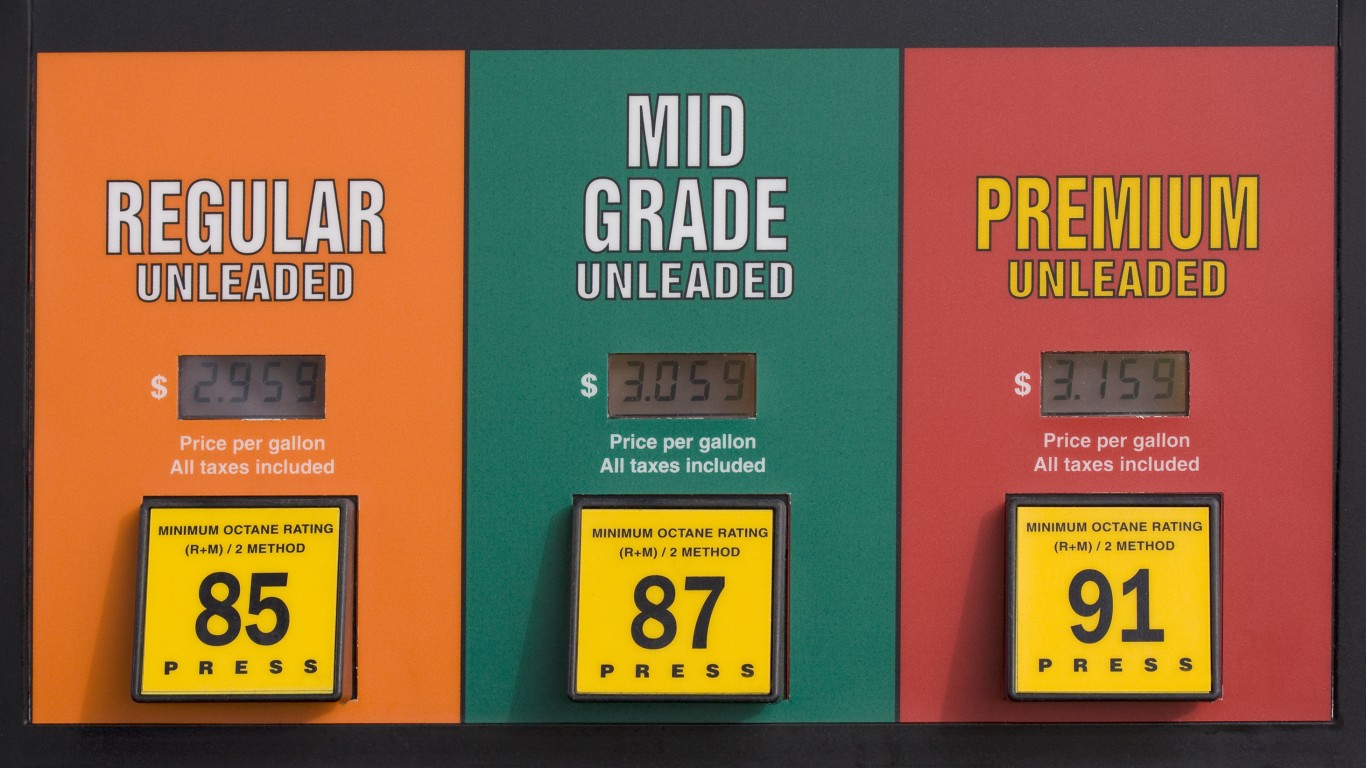
The EIA has noted for nine weeks running that inventories have reached an 80-year high. But are the tanks full?
Total U.S. working storage capacity, according to the most recent EIA data from last September, is 521 million barrels, and according to last week’s EIA report there are 449 million barrels already in storage. Of the total that the agency reports as in storage, however, are approximately 120 million barrels that are being “stored” in pipelines, on ships, or in local tanks that hold crude from low-producing wells. Thus, the actual remaining capacity in working storage tanks is closer to 200 million barrels.
Since January, U.S. crude stockpiles have grown by about 66.5 million barrels. That is an average of 6.65 million million barrels a week. To fill U.S. storage tanks to the top would take another 30 weeks. That will not happen.
Another often-cited example of the storage glut is the industry’s main pricing hub at Cushing, Okla., which has a total capacity of 71 million barrels. About 51 million barrels were being stored there as of March 6. Since January, the total amount of crude in storage at Cushing has risen by 19.5 million barrels, or nearly 2 million barrels a week for the 10-week period.
At that rate, it will take another 10 weeks to fill Cushing’s working storage capacity. That is not going to happen, and even if it does, there would still be more than 150 million barrels of available storage elsewhere in U.S. tanks.
Why won’t these things happen? Because refinery closures for maintenance will end and demand for refined products will pick up. Second, the impact of production cuts will begin to be felt relatively soon. Finally, consumer demand is picking up as U.S. drivers are buying bigger, less fuel-efficient vehicles and the summer driving season rolls around.
ALSO READ: States With the Highest Gas Prices
Are You Ahead, or Behind on Retirement?
If you’re one of the over 4 Million Americans set to retire this year, you may want to pay attention. Many people have worked their whole lives preparing to retire without ever knowing the answer to the most important question: am I ahead, or behind on my goals?
Don’t make the same mistake. It’s an easy question to answer. A quick conversation with a financial advisor can help you unpack your savings, spending, and goals for your money. With Zoe Financial’s free matching tool, you can connect with trusted financial advisors in minutes.
Why wait? Click here to get started today!
Thank you for reading! Have some feedback for us?
Contact the 24/7 Wall St. editorial team.




